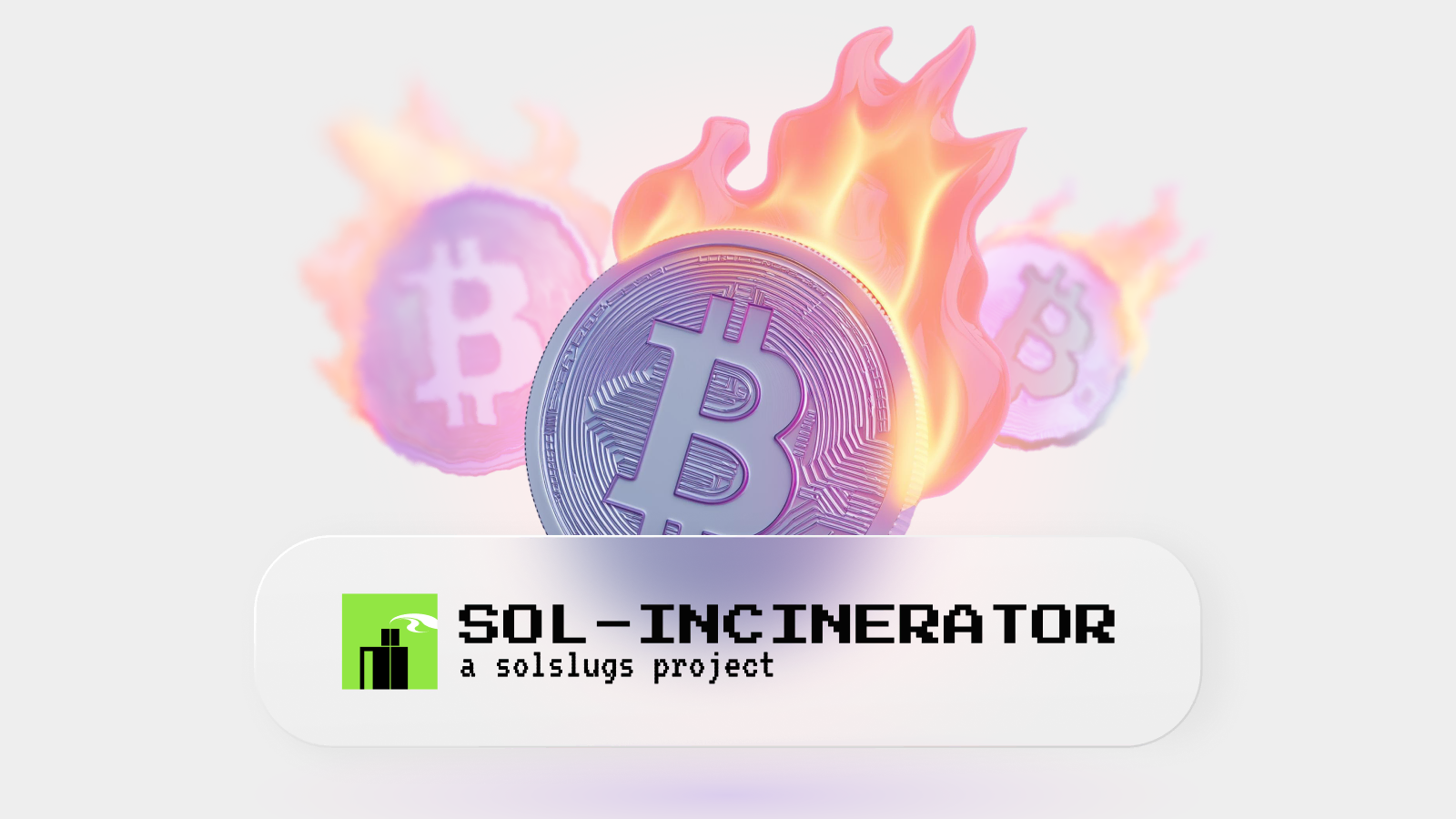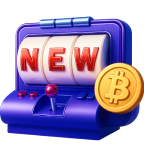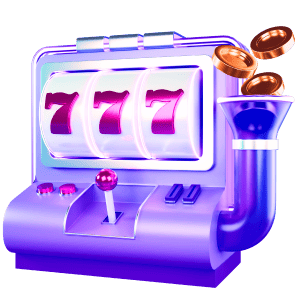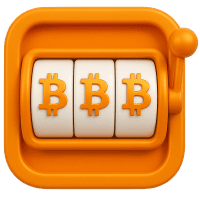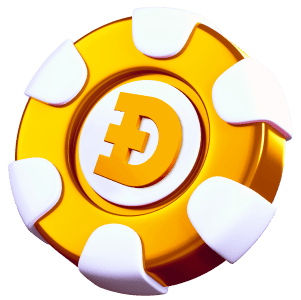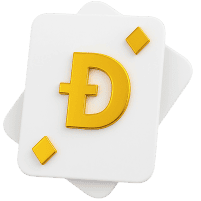Welcome to the wild west of finance. Traditional banks, gatekeepers, endless paperwork nowadays are being replaced by smart contracts, digital wallets, open blockchain rails. Let’s see, what is DeFi exactly?
Defi vs. traditional finance — it’s not just a buzzword. It’s a fast-growing movement that reimagines how we store, lend, borrow, grow money. No middlemen. No banking hours. Just you, the keys, and the open-source future of cryptocurrency.
What Is DeFi? Breaking Down the Basics
Let’s start with introduction to DeFi. How does DeFi work?
DeFi stands for decentralized finance. It’s a growing ecosystem of blockchain-powered tools & financial services, functioning without traditional middlemen like banks, brokers, or insurance firms. If you’ve ever been questioning what is DeFi, think of it as a parallel reality of money. But much faster, transparent, governed by code instead of corporations.
DeFi platforms use smart contracts to execute transactions instead of relying on centralized institutions — mostly on blockchain networks such as Ethereum or rising stars: Solana, Avalanche, Polygon.
In short: need to send, save, lend, or borrow cryptocurrency? You can do it all through DeFi applications, no permission or paperwork required.
Here are common examples:
- Lending & borrowing protocols like Aave and Compound. They let users earn interest or take out crypto loans.
- Decentralized exchanges — DEXs: Uniswap, SushiSwap, PancakeSwap. Users here trade directly from their wallets.
- Stablecoins like DAI. They maintain a steady price and serve as a dollar alternative.
- Synthetic assets via platforms like Synthetix. They allow access to stocks, indexes, commodities.
- DeFi yield farming tools like Yearn Finance. Users optimize returns across pools and protocols here.
DeFi platforms replicate and enhance the core functions of banks. But provide with better access, more flexibility, allow full user control.
How DeFi Works: Smart Contracts, DApps & Wallets
Let’s dive a bit deeper, get more technical details. Not too much, just enough to impress your colleagues. Popular DeFi projects at its core work through smart contracts — basically self-executing agreements written into the blockchain.
These contracts don’t require a lawyer, a bank rep, or a chatbot to function. They automatically handle tasks like loan approvals, token swaps, or yield payouts — all in real time, without anyone holding your funds.
To interact with this world of decentralized finance, you need a few essentials:
- Wallet: your entry pass. MetaMask, Trust Wallet, or Coinbase Wallet act as your personal login, vault, payment processor rolled into one. They store your keys — and remember, your keys, not your crypto.
- Blockchain: most DeFi applications run on Ethereum, the pioneer of smart contracts. But alternatives like Avalanche, BNB Chain, Polygon, and Arbitrum offer lower fees and faster speeds.
- DApp — decentralized App: this is where the magic happens. Whether you’re using Uniswap to swap tokens, staking on Lido, or joining a liquidity pool on Balancer — the DApp is your interface to the DeFi universe.
Need a loan? Say you want to borrow $500 in stablecoins like USDC. Just deposit $800 worth of ETH into a DeFi lending app like Aave, and you can get your funds instantly — no credit checks, no waiting on bank hours. The system trusts your collateral, not your reputation.
DeFi Yield Farming: Earning Passive Crypto Income
Here’s where things get spicy. DeFi yield farming is like putting your crypto to work on digital steroids. Instead of just letting your tokens chill in a wallet, you can lock them into liquidity pools, staking platforms, or lending protocols and earn a return — either through trading fees, interest, or governance tokens. It’s passive income, but with a DeFi twist.
Think of it as the DeFi version of renting out your house — except here, your crypto earns for you while you sleep. Users across top DeFi platforms like Curve, PancakeSwap, and Aave regularly rotate strategies to maximize yield. Want to get started? Check this expanded cheat sheet:
| Method | Description | Expected APY |
| Staking | Lock tokens to support a network — e.g., ETH 2.0, Solana | 5% – 15% |
| Liquidity Providing | Provide token pairs — e.g., USDT/BTC, on a DEX like Uniswap | 10% – 60% |
| Farming | Earn extra governance tokens on top of LP rewards | 20% – 300%+ |
| Lending | Supply assets on platforms like Compound to earn interest | 2% – 10% |
| Auto-Compounding | Use vaults like Yearn to reinvest gains for max yield | 15% – 200% |
Example:
You provide USDC/ETH to Uniswap V3, earning 0.3% trading fees, and also farm a reward token like OP or ARB. On PancakeSwap, pools with CAKE can push yields even higher.
But be warned: the higher the reward, the riskier the ride. Impermanent loss, rug pulls, and DeFi risks like smart contract bugs are all part of the game. Always DYOR.
Pros and Cons: Why DeFi Disrupts Traditional Finance
The benefits of DeFi are real. But just like that gym membership you forgot to cancel, it comes with its share of risks.
Let’s start with why millions are diving in:
- Open access. All you need is a wallet and an internet connection. There’s no account approval, no waiting in line at a bank branch in the rain. Anyone — in Nairobi, Berlin, or Manila — can jump into decentralized finance with equal footing.
- Permissionless. No paperwork. No gatekeepers. No “sorry, your credit score isn’t high enough”. The code is the law.
- Transparency. Every transaction lives on the blockchain. You don’t have to “trust” a third party — just read the smart contract, or use a handy explorer.
- Programmability. Developers can create innovative DeFi applications like automated market makers, flash loans, and DeFi yield farming protocols.
- Speed & cost: While bank wires take days and cost $30+, a DeFi transfer can happen in seconds for a fraction of the fee — especially on layer-2 chains.
But no system is perfect. Let’s stack it up:
| Feature | DeFi | Traditional Finance |
| Control | Full user custody via wallets | Held by banks or brokerages |
| Access | Global, 24/7, permissionless | Limited by geography & hours |
| Trust Model | Trust in code & blockchain | Trust in centralized institutions |
| Fees | Often lower (0.05%–1%) | Higher (especially international wires |
| Transparency | On-chain, visible to all | Internal systems, often opaque |
| Speed | Seconds to minutes | Hours to days |
| Risks | Code bugs, volatility, hacks | Human error, regulatory failures |
| Support | Community-run or automated | Human support desks |
So yes — the benefits of decentralized finance are hard to ignore. But make sure you’re aware of the flip side before you ape in.
Key Risks: Hacks, Volatility & Regulation
Let’s talk about the not-so-fun stuff. Because it matters. DeFi isn’t just digital riches and yield farms — it comes with serious risks that every user should understand before diving into any decentralized finance project.
- Smart contract exploits
The same code that powers DeFi applications, can play on a hacker’s side. Open-source protocols offer transparency, but also expose vulnerabilities. over $3.1 billion was lost in DeFi hacks in 2022 alone.
Flash loan attacks, oracle manipulations, and reentrancy bugs are some of the most common threats. Remember the infamous Wormhole bridge hack? That cost over $320 million — and it happened in seconds. Even high-profile DeFi platforms like Cream Finance and BadgerDAO have fallen victim. Audits help, but they’re not a silver bullet.
- Impermanent loss and volatility
Adding tokens to a liquidity pool might seem like a set-it-and-forget-it strategy, but crypto’s volatility bites. When one token in your pair outpaces the other, your pooled assets adjust automatically, and the result can be a net loss even if both assets go up. That’s impermanent loss.
It’s especially brutal in sideways or choppy markets. For example, providing ETH/USDT in a DeFi yield farming pool might earn fees, but if ETH doubles while USDT stays stable, your gains could be smaller than simply holding ETH.
- Regulatory uncertainty
Let’s be real — no one’s quite sure how governments will treat decentralized finance in the long run. In the U.S., the SEC and CFTC continue their turf war over digital assets. Some DeFi platforms geoblock American users or skip fiat gateways entirely to dodge compliance headaches. But that doesn’t mean users are safe. Unclear rules mean one update or enforcement action could impact your favorite DeFi service overnight.
- Rug pulls and scams
Not every project with a flashy front end and a food-themed name is trustworthy. Rug pulls — when devs drain funds and vanish — are all too common. Take the 2021 case of AnubisDAO: $60 million gone within 24 hours of launch.
Before you use a DeFi protocol:
- check for code audits;
- look at the dev team’s history;
- review the token distribution;
- dig into the community’s feedback.
DeFi brings freedom, but risks as well. Follow the code, double-check the contracts, never invest more than can afford to risk.
Getting Started with DeFi: A Beginner’s Roadmap
OK, so, you’re sold. But how to get started with DeFi without falling flat on your face or losing your rent money? Good news — it’s easier than it sounds, especially with the right tools and mindset. Here’s your no-nonsense step-by-step guide to DeFi for beginners:
- Get a wallet
Your journey into decentralized finance starts with a crypto wallet. Think of it as your login, your bank, and your vault rolled into one. MetaMask and Coinbase Wallet are two of the most beginner-friendly options. Create a strong password after installing and always back up your seed phrase — on paper, not in your Notes app. If you lose that phrase, your money is gone forever.
- Buy crypto
To interact with DeFi platforms, you’ll need some crypto. Start on a centralized exchange like Coinbase or Binance. Beginners often go with stablecoins like USDC or DAI, or Ethereum — ETH, which fuels most DeFi applications. Buy a small amount, say $100, just to get the hang of it.
- Bridge to a chain
Once you have your crypto, move it to a blockchain that supports DeFi — like Ethereum, Arbitrum, Avalanche, or BNB Chain. Use a tool like Hop Protocol or Portal Bridge to move funds from a centralized exchange to your wallet. Think of this like driving your car from the city — CeFi, into the wild jungle of DeFi.
- Explore dApps
Ready to play? Check out real defi applications:
- Uniswap — for swapping tokens;
- Aave — for lending and borrowing;
- Yearn Finance — for automated defi yield farming.
Each has a learning curve, but they all guide you through the process in-app.
- Start small
This part’s important. Don’t ape in with your life savings. Most DeFi tools let you experiment with as little as $20–$50. Watch how things work before scaling up. You can earn real interest, see how smart contracts behave, and even test different DeFi investment opportunities without risking too much.
Bonus tip: Security first
Never — and we mean never — share your seed phrase. Use a hardware wallet (like Ledger) if you plan to deposit serious money. Don’t click shady links, don’t chase promises of 1000% APY, and double-check all token contracts on Etherscan or DeBank.
With patience and good habits, anyone can go from newbie to confident DeFi explorer. Just remember: in the world of decentralized finance, you are the bank — and that power comes with responsibility.Whether you’re here for defi investment opportunities or just curious about the future of decentralized finance, one thing is clear: DeFi is no longer a niche playground. It’s a living & evolving alternative to the world of banking. Learn all the nuances, manage the risks, and you might one day unlock the next smarter level of financial freedom.


